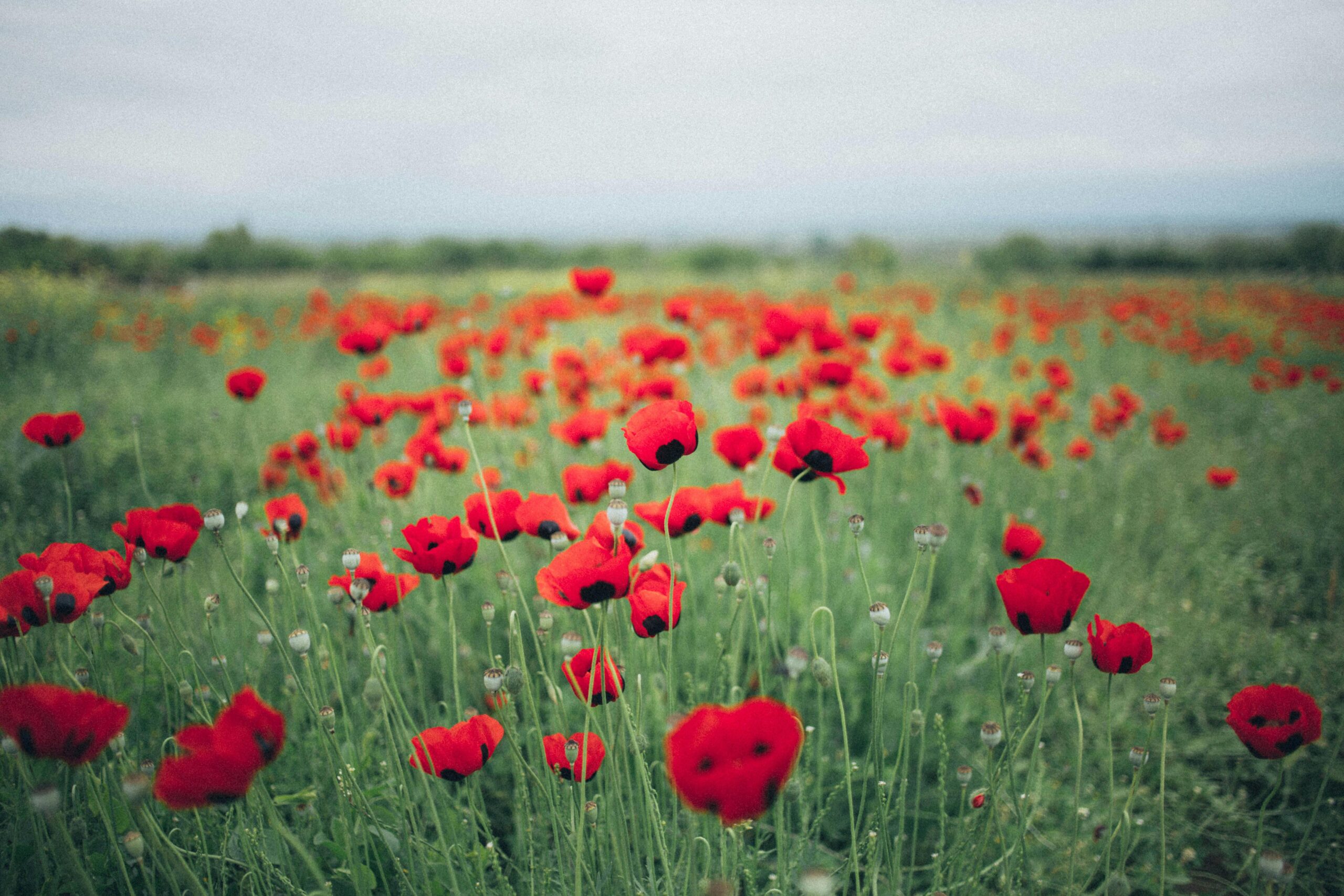The Monday just gone was a very important day in the United Kingdom; Remembrance Day. All across the nation, people stopped what they were doing for two minutes to remember those who fought in World War One. In this week’s blog post, we’ll dive into what Remembrance Day is and what exactly we remember on November 11th.
A moment of silence
At the 11th hour on November 11th, Brits paused what they were doing to honour both the soldiers who had fought in WW1 and any conflicts since then. It’s essentially a moment of gratitude for the British Armed Forces and their sacrifices. Schools, offices, and even shops take a moment of silence where everyone stops for two minutes to remember and say thanks.
What’s with all the 11’s?
After four long years of fighting during WW1, the conflict finally ended on 11th November 1918. The Armistice, the agreement between the opposing sides, came into effect at exactly 11 am on this day. Since then, Brits and even some commonwealth countries have taken a two-minute silence on this day. Even more than one hundred years later, 11th November remains a powerful symbol of remembrance.
And what about Remembrance Sunday?
Remembrance Sunday is an additional day of remembrance, held on the second Sunday in November. This features a more formal series of events such as a ceremony at the Cenotaph war memorial in London, and yet another two-minute silence. There’s also much more media coverage on this day compared with the 11th.
An icon of Remembrance Day
From around the end of October to Remembrance Sunday, many people wear a red poppy badge to honour those who have lost their lives in conflicts. The red poppy became a symbol of remembrance thanks to the WW1 poem In Flanders Fields by Lieutenant Colonel John McCrae. The poem describes how poppies grew on the battlefields of Flanders in Belgium, where many soldiers were buried. Poppies, in general, have gone on to represent both the bloodshed and resilience of life displayed during the war.
However, the poppy has become somewhat of a controversial symbol. For some, it has national or military undertones, while others feel it highlights Britain’s complex colonial history, where many lives were lost, not just soldiers. Instead, more and more people have adopted the white poppy. This symbolises peace and serves as an alternative for those who want to honour the victims of war without supporting any military connotations.
Two minutes of silence, a lifetime of gratitude
Regardless of your views on the military, it’s always a good idea to express gratitude for the many liberties we have. Are there any similar days in your country to express gratitude or show remembrance?
Written by Marina McAleese, Tutor at The Harrogate International Academy




